What are Net Zero Energy Buildings?
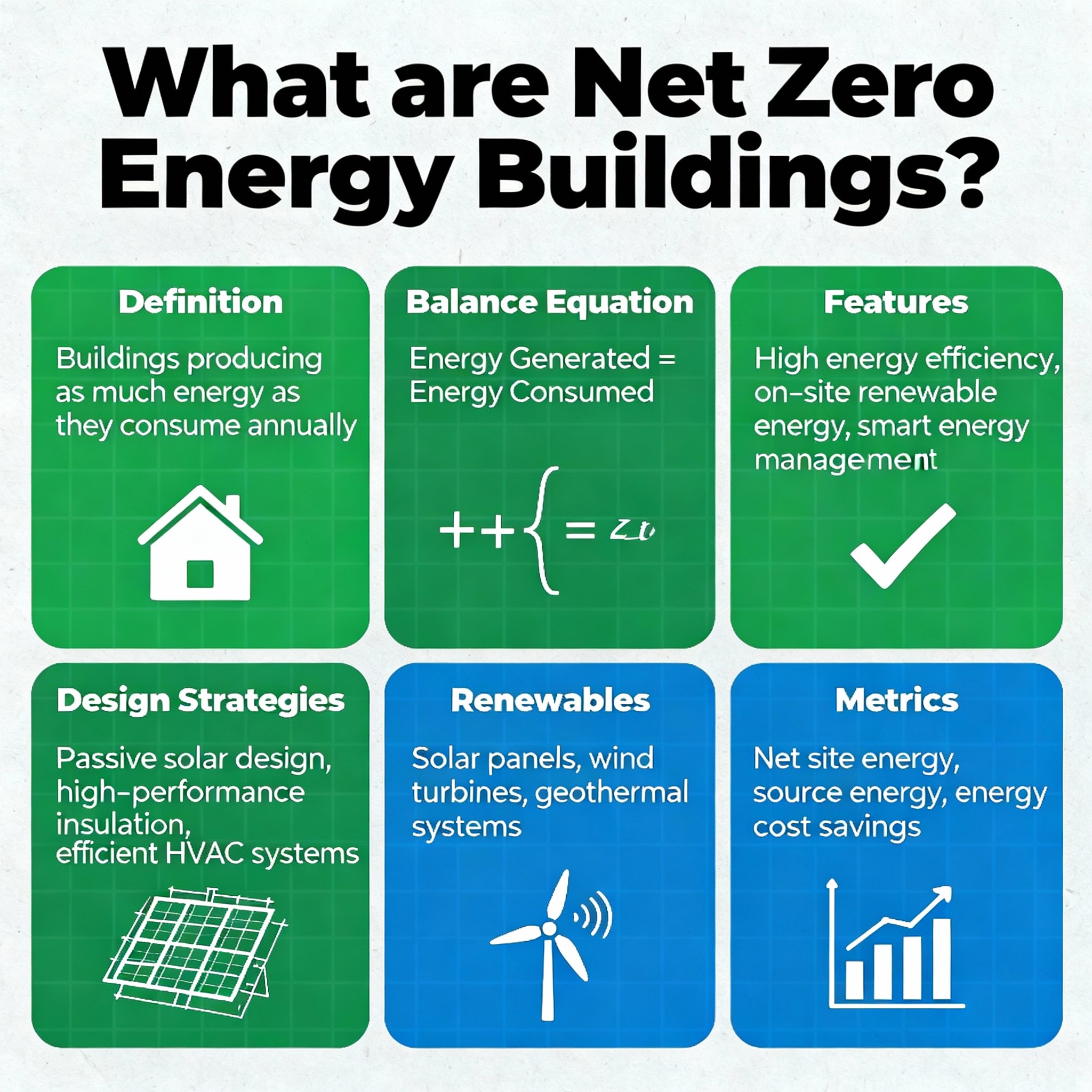
Net Zero Buildings: The Future of Sustainable Construction
Introduction to Net Zero Buildings and Climate Change
In the face of escalating climate change impacts, the global construction and real estate industry is under pressure to adopt more sustainable practices. One of the most promising solutions gaining traction is the implementation of Net Zero Buildings (NZBs). These innovative structures are engineered to produce as much energy as they consume annually, typically through a synergy of energy-efficient technologies and renewable energy systems. As the world races toward carbon neutrality, the demand for Net Zero Building design is growing exponentially.
According to the International Energy Agency (IEA), buildings contribute nearly 40% of total global energy-related carbon emissions, making the transition to Net Zero not just important—but essential.
What is a Net Zero Building? Net Zero Building Definition
A Net Zero Building is a structure designed to balance total energy consumption with energy production over a year. This is achieved through:
- Advanced energy-efficient architecture and smart building materials
- Renewable energy systems, including solar panels, wind turbines, and geothermal heating
- Smart technologies for lighting, HVAC, and water usage
- Sustainable construction practices that reduce embodied carbon
Core Features:
- High-performance insulation and airtightness
- On-site energy generation
- Real-time energy monitoring
- Integration with electric vehicle (EV) infrastructure
- Sustainable water management (rainwater harvesting, greywater recycling)
Benefits of Net Zero Buildings Why Choose Net Zero Buildings?
1. Environmental Sustainability
- Massive reduction in carbon footprint
- Supports national and global climate action goals
- Lowers reliance on fossil fuels
- Promotes biodiversity and sustainable urban development
2. Economic Savings
- Up to 70% reduction in utility costs
- Eligibility for green building tax credits and government incentives
- Higher ROI from increased market value and operational efficiency
3. Energy Security and Independence
- Protection against energy price volatility
- Self-sufficiency through on-site power production
- Reduces strain on local power grids
4. Health and Comfort
- Superior indoor air quality from low-emission materials
- Consistent temperature and daylight for improved well-being
- Quiet, serene indoor environments due to better insulation
5. Future-Proof Compliance
- Anticipates stricter building codes and carbon limits
- Aligns with certifications like Passive House and LEED Zero
- Positions developers as leaders in the green building movement
Challenges and Disadvantages of Net Zero Buildings
Despite the many benefits, Net Zero Buildings face several hurdles:
1. High Initial Capital Investment
- Upfront costs can be 5–20% higher than traditional buildings
- Specialized architectural and engineering services are needed
2. Technological Constraints
- Solar and wind energy depend heavily on geographic and climatic conditions
- Energy storage systems (like lithium-ion batteries) are still expensive and resource-intensive
3. Design Limitations
- Urban areas may lack adequate space for solar arrays
- Retrofitting existing structures to net zero standards is complex and costly
4. Maintenance and Management
- Requires knowledgeable facility managers
- Complex systems mean higher repair and replacement costs
5. Occupant Behavior
- Inconsistent usage patterns can compromise energy targets
- Requires user education for best results
Net Zero Building Costs and ROI
1. Design & Construction Expenses
- Architectural design tailored for passive heating/cooling
- Procurement of high-efficiency systems and sustainable materials
2. Operational Savings
- Lower monthly energy bills
- Less wear and tear on HVAC systems due to automation
3. Long-Term Investment
- Payback period typically 7–15 years
- Buildings increase in value due to their efficiency and appeal to eco-conscious buyers
4. Government Support and Incentives
- DSIRE USA provides details on regional subsidies
- Programs like LEED, WELL, and BREEAM offer credibility and financial benefits
Global Examples of Net Zero Buildings Case Studies in Net Zero Design
1. The Edge – Amsterdam, Netherlands
- Dubbed the “smartest building in the world”
- Features include a solar-powered roof and intelligent lighting systems
- Rated BREEAM Outstanding for sustainability
2. Bullitt Center – Seattle, USA
- Runs entirely on solar energy
- Composting toilets, water harvesting, and a 250-year lifespan design
3. Council House 2 (CH2) – Melbourne, Australia
- 6 Star Green Star certified
- Integrated wind turbines and phase-change cooling materials
4. SDE4 – National University of Singapore
- Over 500 MWh/year generated via rooftop solar
- Incorporates natural ventilation and advanced shading
5. IKEA Greenwich – London, UK
- IKEA’s flagship sustainable store
- Features solar panels, geothermal heating, and rainwater systems
Final Thoughts: Why Net Zero Buildings Matter More Than Ever
Net Zero Buildings are no longer aspirational—they are essential. As nations intensify efforts to meet sustainability goals and as energy prices soar, the push for net zero architecture is more urgent than ever. Whether you’re an architect, policymaker, developer, or building owner, transitioning to Net Zero Buildings offers an array of benefits that go far beyond environmental conservation.
🔗 Useful Backlinks for Further Reading:
- International Energy Agency – Buildings and Construction
- US Department of Energy – Net Zero Energy Buildings
- World Green Building Council – Net Zero Carbon Buildings Commitment
- LEED Zero Certification – USGBC
- Passive House Institute
Embracing Net Zero Building standards not only protects the environment but also offers a strategic advantage in the evolving real estate market. The future of architecture lies in smart, sustainable, and self-sufficient buildings that work with the planet—not against it.


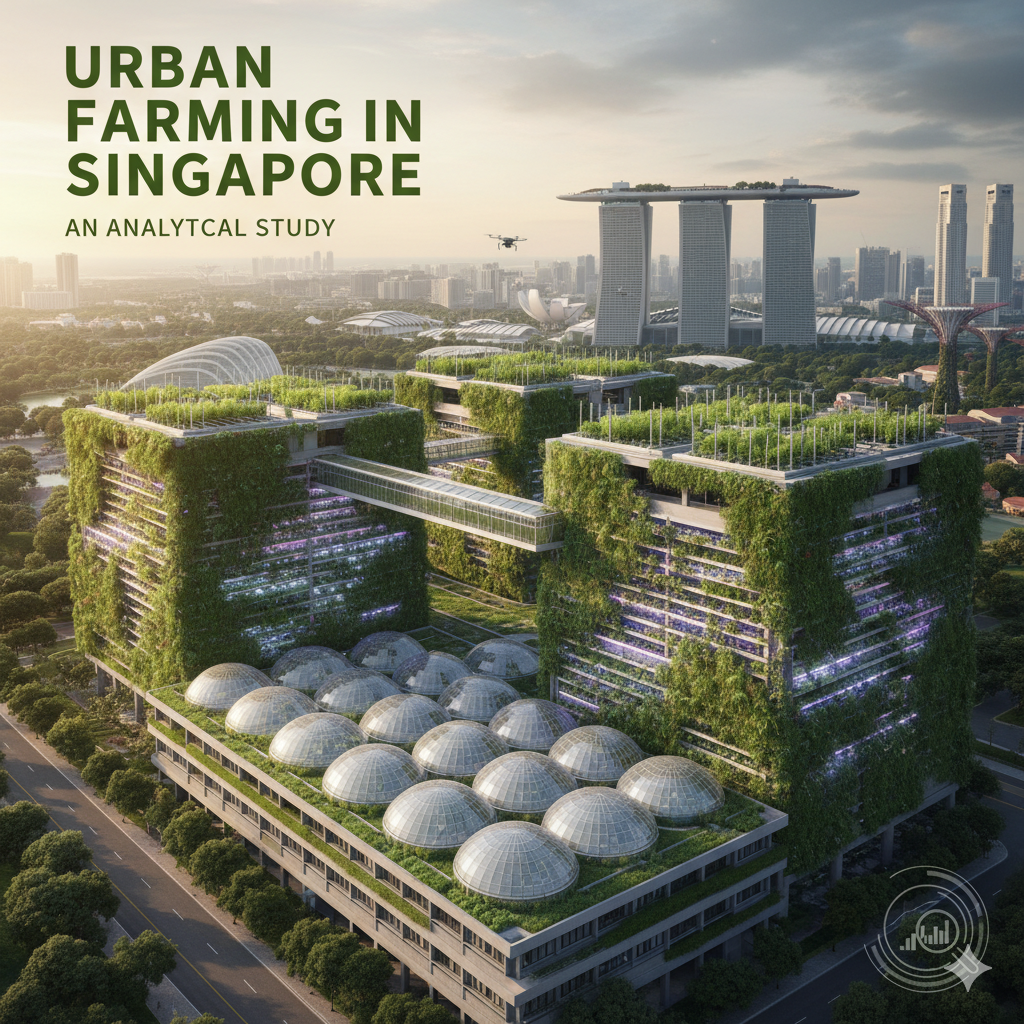
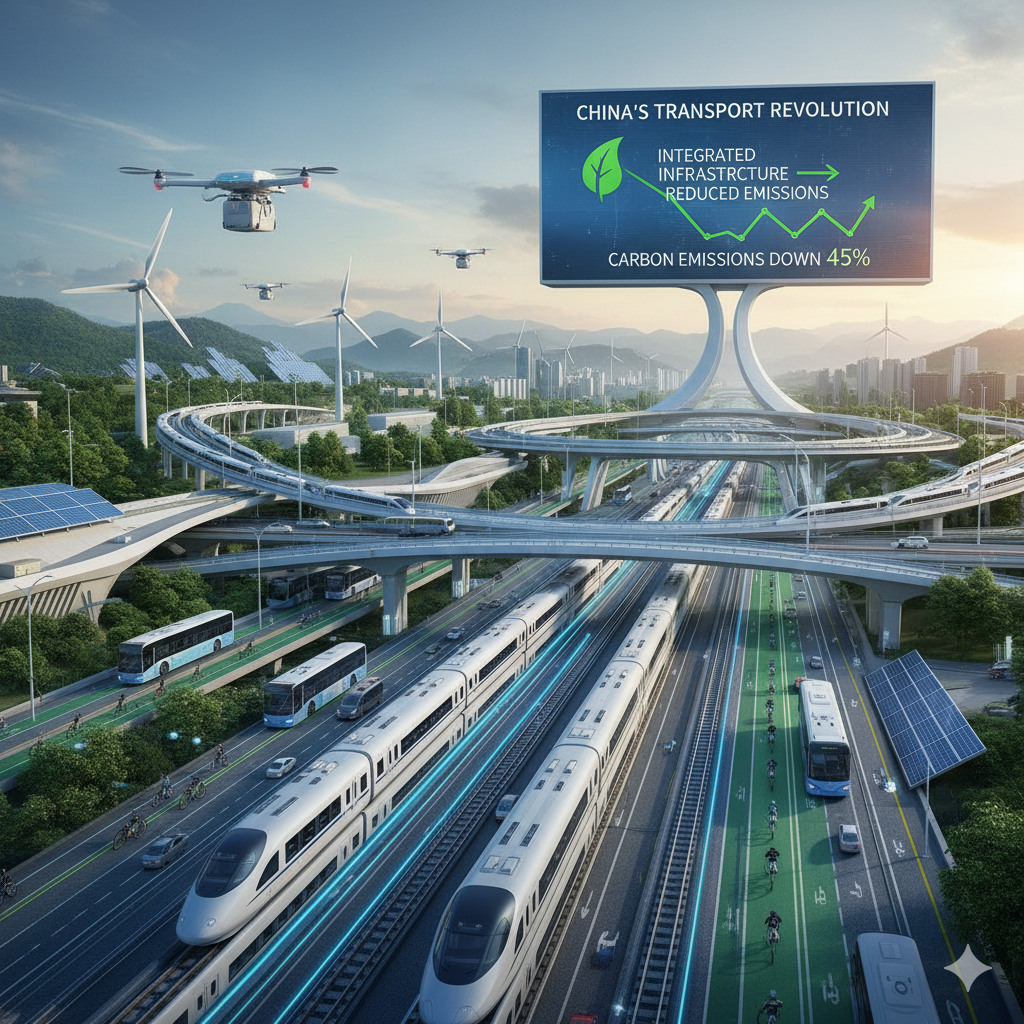


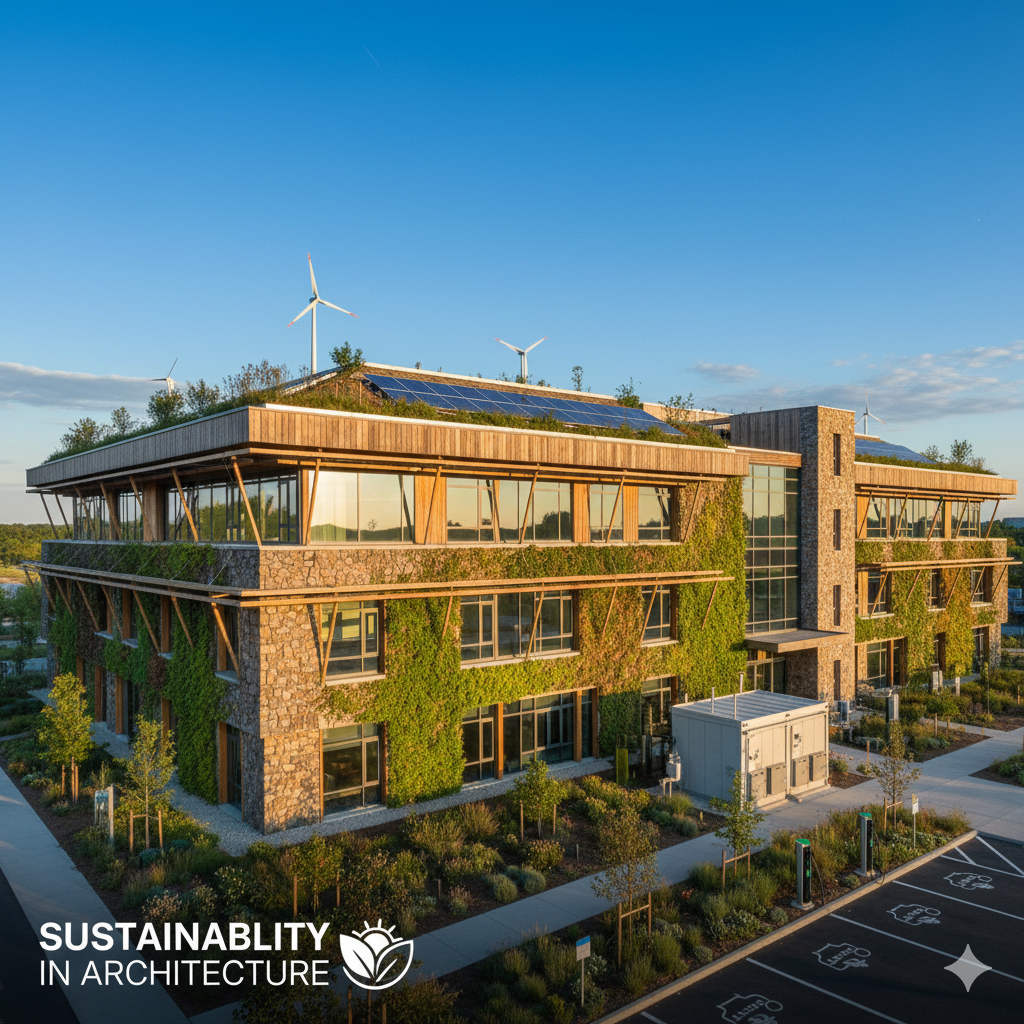
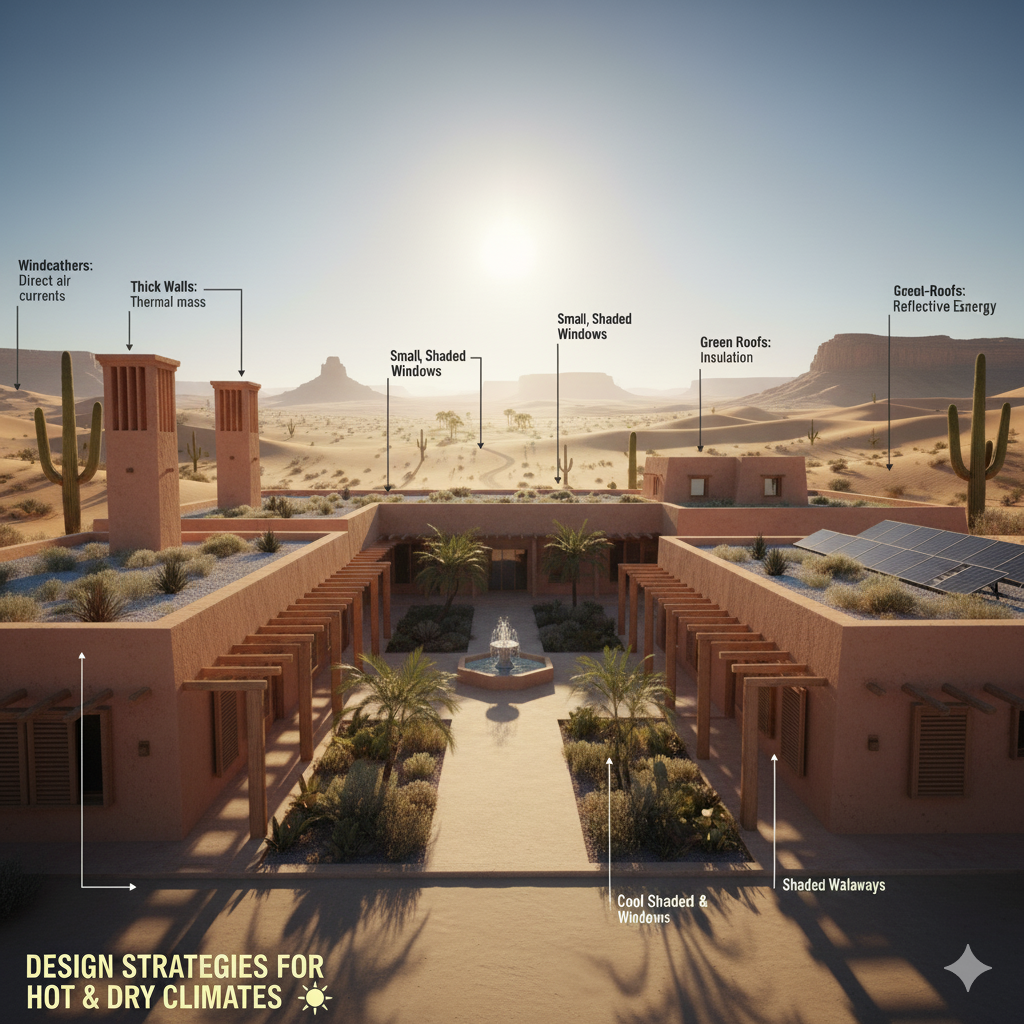

2 Comments
LeonBet bietet optimierte Wettoptionen f�r Deutschland.
Does ypur blog have a contact page? I’m havig a toough time locating it but, I’d like to
send you an e-mail. I’ve got some suggestions for your blog you
might be interested in hearing. Either way, geat blog and I look forward to
seeing it improve over time. https://truepharm.org/